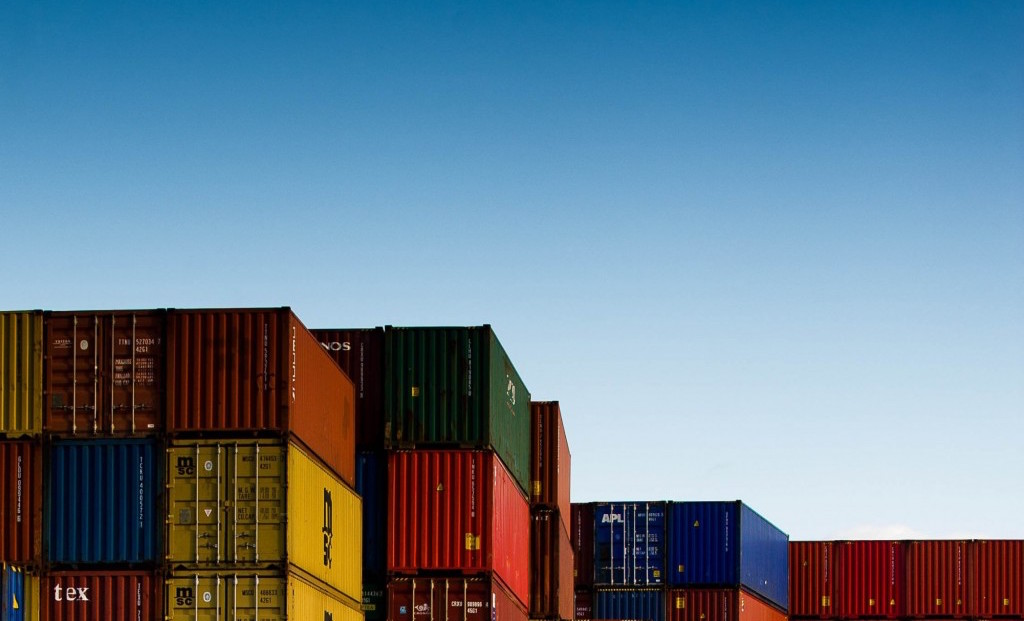The availability of shipping containers for sale has opened up a world of possibilities, offering cost-effective and customizable solutions for a wide range of needs. Shipping containers, once solely associated with maritime transportation, have evolved into versatile structures that have found applications far beyond their original purpose. The availability of shipping containers for sale has opened up a world of possibilities, offering cost-effective and customizable solutions for a wide range of needs. Here, we explore the unique features and potential applications of shipping containers, highlighting their benefits in various industries.
The Rise of Shipping Containers
Originally designed to facilitate the efficient transportation of goods across the globe, shipping containers have undergone a transformative journey. Their standardized dimensions, durability, and stackability have made them ideal for international shipping. However, as the world adapted to changing needs, shipping containers found new life as innovative building blocks for a multitude of purposes.
Versatility in Design
One of the key advantages of shipping containers lies in their adaptability and customizable nature. Their modular design allows for easy modification, making them suitable for a wide array of applications. Whether it’s a portable office, a pop-up retail space, a temporary shelter, or a unique residential dwelling, shipping containers offer a flexible canvas for architects, designers, and creative individuals to transform into functional and aesthetically appealing structures.
Cost-Effectiveness and Accessibility
Compared to traditional building materials, shipping containers provide a cost-effective solution for various projects. With a surplus of shipping containers available for sale, they offer a relatively affordable option for constructing structures, minimizing both construction time and expenses. Moreover, the availability and widespread distribution of shipping containers make them accessible in many locations, enabling construction in remote or unconventional areas.
Durability and Sustainability
Shipping containers are built to withstand the rigors of long-distance transportation in extreme weather conditions. Constructed from sturdy materials, such as steel, they possess inherent strength and resilience. This durability translates into long-lasting structures that require minimal maintenance. Furthermore, repurposing shipping containers promotes sustainability by reducing waste and giving new life to retired containers that would otherwise contribute to landfill waste.
Mobility and Portability
One of the significant advantages of shipping containers is their mobility. They can be easily transported and relocated, allowing for flexibility in changing circumstances. This feature is particularly valuable for temporary structures, pop-up events, and construction projects in remote or temporary locations. Shipping containers can be efficiently loaded onto trucks, trains, or ships, enabling seamless transportation to different destinations.
Applications in Various Industries
Transportation: The versatile applications of shipping containers in transportation have revolutionized the way goods are moved across the globe. These durable and standardized structures have become the backbone of modern logistics, providing a reliable and efficient means of transporting goods by sea, land, and air. The standardized dimensions and stackability of shipping containers have streamlined the loading and unloading process, optimizing space utilization and reducing handling costs. From cargo ships and trains to trucks and planes, shipping containers have become the universal language of global trade. Their adaptability extends beyond traditional transportation, as they have found innovative uses as modular housing units, mobile offices, and even pop-up retail spaces. With their mobility and versatility, shipping containers continue to reshape the transportation industry, enabling seamless movement of goods and fostering economic growth on a global scale. As we embrace the potential of shipping containers, we embark on a journey of increased efficiency, reliability, and connectivity, propelling us towards a future where the world is connected by a standardized infrastructure that transcends borders.
Construction and Architecture: Shipping containers have gained popularity in the construction industry, serving as building blocks for innovative architectural designs. They offer an efficient and eco-friendly alternative for constructing offices, retail spaces, cafes, and even residential homes.
Retail and Hospitality: Shipping container conversions have become a trend in the retail and hospitality sectors. They provide unique and eye-catching storefronts, food stalls, bars, and temporary event spaces. The versatility of shipping containers allows for creative branding and design opportunities.
Emergency Housing and Disaster Relief: In times of crises, shipping containers can be repurposed as temporary shelters, emergency housing, or mobile clinics. Their quick deployment and durability make them valuable assets for disaster-stricken areas, providing immediate relief and support.
Storage and Warehousing: Shipping containers are widely used for storage and warehousing needs. Their secure and weather-resistant structure makes them ideal for safely storing goods, equipment, and supplies.
Conclusion
Buying shipping containers is a popular choice for both individuals and businesses. Designed to transport goods by sea or land, these durable metal boxes are known for their durability, strength and safety features. One of the most important benefits of purchasing shipping containers is their versatility. They can be used for a variety of purposes, from warehouses and workshops to temporary offices and living spaces. Many people also want to turn shipping containers into small homes or vacation apartments, taking advantage of their modular design and portability. There are a few things to keep in mind when considering purchasing a shipping container. First, it’s important to think about the size of the tank you need. Shipping containers come in different sizes, the most common being 10 feet, 20 feet, and 40 feet.
When choosing the right size, consider the purpose of the container and the size. Used shipping containers are widely available and can be purchased cheaper than new containers. However, it is important to thoroughly inspect the container before purchase to ensure that it is in good condition and has no damage that could compromise its structural integrity. Another factor to consider is the location of the container. If you are going to use a container to store your belongings, you need to make sure that you have enough space to put it. In addition, if you intend to transport a container, you must arrange the transport and secure the necessary permits and approvals.







